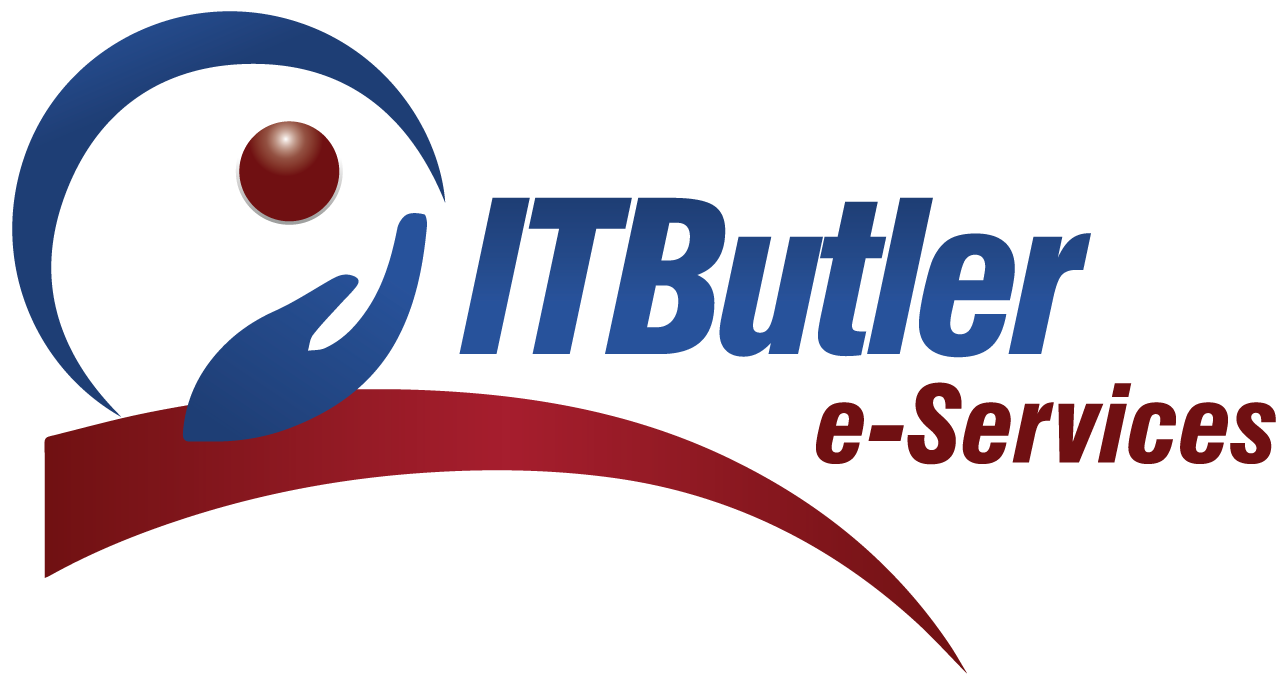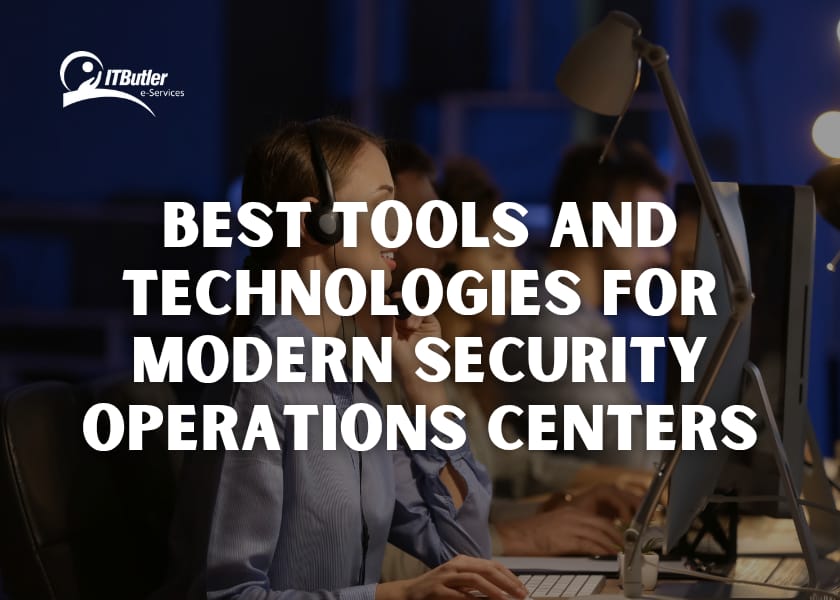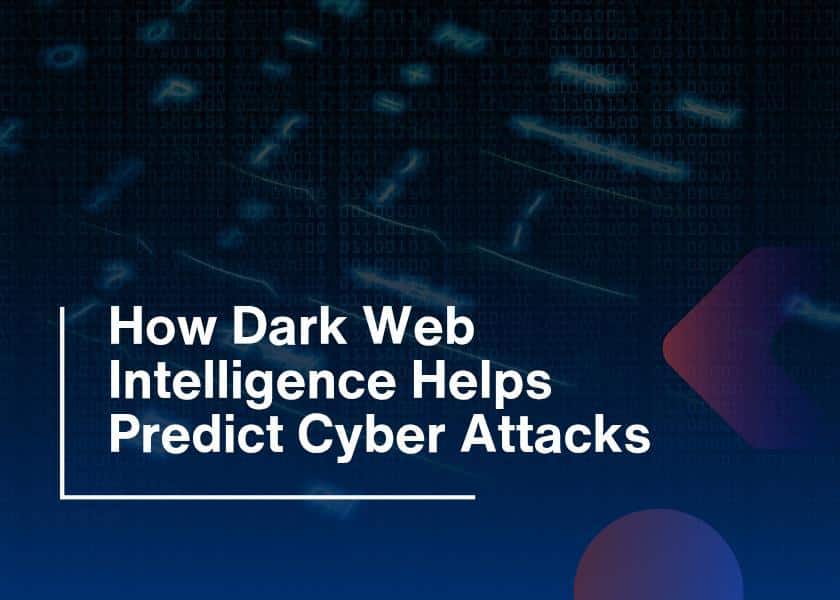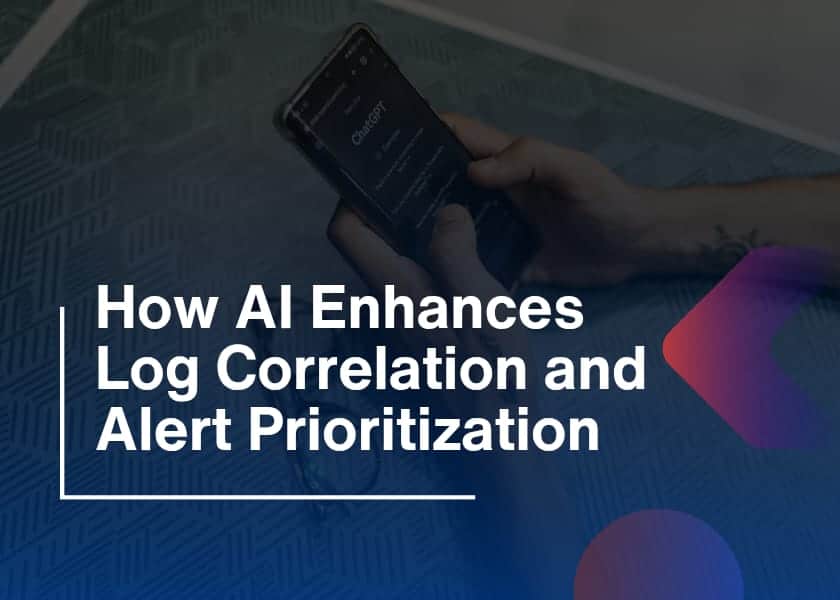Imagine a knight going into battle with a wooden sword while his enemies wield laser cannons. However, this sensation is produced when security operations centers operate without modern SOC tools and technologies. Therefore, the evolution of cyber threats occurs at unprecedented speeds which makes outdated safety systems ineffective.
So, what’s the solution? A well-equipped SOC with the best tools and technologies! This blog examines the essential combination of software tools and technological resources that modern security operation centers utilize to battle cybercriminals effectively.
Modern SOC Tools And Technologies
1. Security Information and Event Management (SIEM) Systems
A security operation center without SIEM cannot be called intelligent. Because time-series information and event management systems input security data from different network segments together with analytic algorithms to make correlations. So the system functions as a mind-expanding detective unit that gathers information to prevent future criminal acts.
Top SIEM Solutions:
- Splunk: Powerful data analytics and threat detection.
- IBM QRadar: However, AI-driven insights for real-time threat monitoring.
- Microsoft Sentinel: It stands out as a cloud-based SIEM platform that seamlessly merges with Microsoft product suites.
- ArcSight: Robust analytics for large enterprises.
Thus, a suitable SIEM configuration gives security teams the ability to notice threats instantly and investigate cases swiftly as they would perform like professional cybersecurity experts.
2. Extended Detection and Response (XDR) Platforms
The advancement of SIEM technology occurs through XDR which merges different security domains, endpoints, networks, email, and cloud into a single integrated defense system. Hence, the sixth sensing capability brings additional power to your SOC operation.
Top XDR Solutions:
- Palo Alto Networks Cortex XDR: The AI-powered threat detection and response system Cortex XDR operates under Palo Alto Networks.
- Trend Micro Vision: However, it functions as an automated system that secures multiple security layers.
- Microsoft Defender XDR: Integrates with Microsoft’s security ecosystem.
- SentinelOne Singularity XDR: It produces a utonomous response to advanced threats.
Thus, XDR provides security operations centers with an extensive perspective of threats that helps attackers remain undetected.
3. Security Orchestration Automation and Response (SOAR)
However, the solution of the SOC team for repetitive labor exists in SOAR. As this tool streamlines all incident response processes together with threat intelligence collection and security workflow executions while letting professionals tackle complex threat analysis.
Best SOAR Tools:
- Splunk Phantom: However, it automates incident response workflows.
- Palo Alto Cortex XSOAR: It integrates with various security tools for seamless automation.
- IBM Resilient: AI-powered playbooks for rapid threat mitigation.
- ServiceNow Security: Operations provides organizations with the capability to monitor and organize SOC activities.
Thus, SOAR functions as a tireless digital assistant that supports security operations centers at peak speeds.
4. Endpoint Detection and Response (EDR) Tools
The most vulnerable security points exist in endpoints which consist of laptops phones and servers. Therefore, the automated response abilities together with threat detection and continuous endpoint monitoring make up EDR solutions.
Best EDR Solutions:
- CrowdStrike Falcon: AI-powered endpoint protection.
- Microsoft Defender for Endpoint: Deep integration with Windows security.
- SentinelOne: Self-healing AI-driven endpoint security.
- VMware Carbon Black: However, its behavioral analysis features help organizations track advanced threats.
Hence, through EDR SOCs gain the ability to detect endpoint threats early enough to prevent their expansion across the network.
5. Threat Intelligence Platforms (TIPs)
Knowing the best SOC tools and technologies is half the battle. So real-time threat analyses from threat intelligence platforms enable security operation centers to detect attacks in advance leading to blockages.
Top TIPs:
- Recorded Future: AI-powered cyber threat intelligence.
- ThreatConnect: However, it combines threat intelligence with security automation.
- Anomali: Enables organizations to spot new security risks and develop proper responses towards them.
- Mandiant Threat Intelligence: Lastlly, provides deep analysis of cyber adversaries.
Hence, SOC teams maintain an advantage over cybercriminals when they employ Threat Intelligence Platforms (TIPs).
6. Cloud Security Solutions
Security teams require specific tools to safeguard cloud-based business assets because organizations continue their shift towards cloud-based platforms. So cloud security platforms track down cloud-specific threats while identifying and automatically responding to them.
Best Cloud Security Tools:
- Palo Alto Prisma Cloud: Comprehensive cloud security solution.
- Security Hub by AWS serves as a unified solution for monitoring threats within AWS infrastructure.
- Microsoft Defender for Cloud: Moreover, it protects Azure and multi-cloud environments.
- Google Chronicle: Threat detection and investigation for cloud infrastructure.
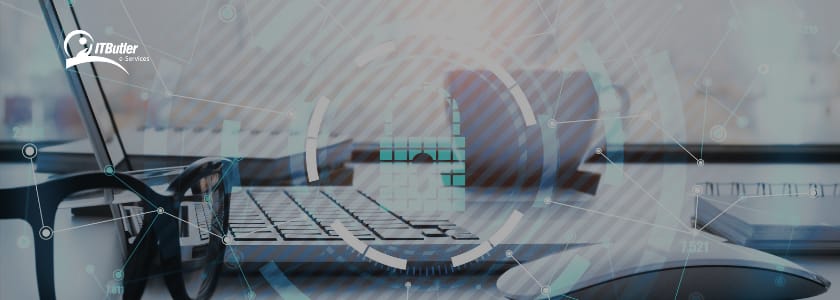
7. Network Detection and Response (NDR)
However, attackers often try to hide within a network. But NDR tools analyze network traffic to detect and stop stealthy threats before they cause damage.
Best NDR Tools:
- Darktrace: Firstly, AI-driven network threat detection with Darktrace.
- Cisco Secure Network Analytics: Monitors traffic for anomalies.
- ExtraHop Reveal(x): However, it provides real-time network threat detection.
- Vectra AI: Uses AI to spot malicious activity on networks.
Thus, NDR ensures SOCs catch network threats before they turn into full-blown cyber incidents.
8. Identity and Access Management (IAM)
Unauthorized access is a huge security risk. Therefore, IAM solutions ensure only the right people get access to sensitive systems and data.
Top IAM Solutions:
- Okta: However, it is a Cloud-based identity management.
- Microsoft Entra ID: Manages user identities across hybrid environments.
- CyberArk: Protects privileged accounts from attackers.
- Ping Identity: However, it is an advanced access management for enterprises.
Therefore, IAM tools help SOCs prevent unauthorized access and insider threats.
9. Deception Technology
The defensive strategy of choosing to trick attackers is superior to standard defense procedures. So through deception technology manufacturers establish artificial assets that entice cybercriminals. So that their attempts to attack are detected before damage occurs.
Best Deception Tools:
- Illusive Networks: Creates decoy credentials and assets.
- Attivo Networks: Moreover, deception techniques for active threat defense.
- TrapX Security: This defense system deploys deceptive endpoints that catch attackers.
- Acalvio ShadowPlex: Lastly, AI-driven deception strategies.
Thus, through deception technology, hackers become more challenging to exploit because these tools transform their work environment against them.
10. Unified Security Platforms
However, a unified security platform simplifies management pain points because it centrally displays all security tools on one dashboard.
Best Unified Security Platforms:
- Fortinet Security Fabric: Combines network, endpoint, and cloud security.
- Cisco SecureX: Moreover, it acts as a connector between security tools which enables efficient tool management.
- Microsoft Security Stack: Unifies multiple security solutions under one roof.
- Palo Alto Networks Strata: However, it provides accessibility to enterprise security.
Hence, SOC operations efficiency increases due to unified platforms which decrease complexity levels and enable better threat responses.
Final Thoughts
Modern SOC tools and technologies are needed to stay ahead of cyber threats. However, securing a security operation center needs multiple toolsets that merge SIEM technology with deception capabilities to stop, combat and respond to security incidents effectively.
But when existing security tools show signs of obsolescence within your SOC, then it is necessary to replace them. Your security should become stronger because cyber criminals continuously enhance their tactics. Thus, with updated security tools your SOC will stay in front and secure while having the weapons it requires.
